Export Market Finder Service
Realistic Export Opportunity Analysis for Market and Product Report on:
COUNTRY
United States
PRODUCT
HS940130
Seats: swivel with variable height adjustment, excluding medical, surgical, dental, veterinary or barber furniture.
Context
The realistic export opportunity snapshot report is an innovative client service using economic modelling to generate product-specific global market intelligence for South African exporters.
The approach identifies products and markets with export potential and opportunities for export diversification. The approach makes use of a detailed set of various aspects of international trade (e.g. market economics, risk, import demand patterns, concentration, access in terms of tariffs and logistics) to describe the specific country and product combination. This approach is recognised by the World Trade Organisation (WTO) as a trade facilitation tool.
This report contains a summary snapshot of outcomes for the exports of HS940130 to United States.
More technical detail is available on request from Department of Trade, Industry and Competition (DTIC).
Evaluation
- Market economy size, wealth, growth trends and operational risk
- Market import demand size and growth patterns
- Market exhibits historical strong positive import demand growth
- Market is willing to trade with various alternative supplying countries for this product
- Market is relatively accessible in terms of logistics and tariff costs
United States positioned in terms of overall market opportunities
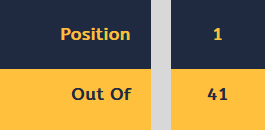
Realistic Export Opportunity
‘Untapped’ potential for this product into United States is estimated at
3,841.37 Mn ZAR
Import tariff applicable to this product into this market
0% [2022]*
* Always check with latest actual tariffs into the target market before doing actual transactions – countries may change tariffs at any time and this tariff is indicative only.
The meaning of this...
Key Insights
Market import demand observations for this product:
United States’s import demand is relatively large in global terms, but stable or ‘flat’ from a growth perspective. Note that United States does not have an absolute positive growth trend for this product over the period.
Competition in the market for this product:
A market’s willingness to trade on a product with a variety of supplying countries is an indication that such a market may be more accessible to new alternative suppliers (such as from South Africa in this instance). Historical import patterns for United States specifically demonstrate that United States is trading with various alternative supplying countries for this product and hence this fact contributes to a more favourable evaluation of this opportunity from a market access perspective (see Competitors section for more details).
Access to market in terms of relative logistics and tariff costs
In relative terms for this product, United States is more accessible from South Africa in terms of logistics and tariff costs, than other markets for the same product. United States’s import tariff level for this product from South Africa is also relatively low at 0% (at time of evaluation – this may change in real-time and always need to be confirmed before final decision making).
Market growth strategy for this product:
If a company’s strategy is to focus on relatively large but stable markets; this may be an ideal market to enter. If the company is a new entrant to this market, the strategy would need to consider how to take market share from existing suppliers to this market. For new exporters this market may pose more challenges in terms of penetrating this market due to entrenched competitors.
Existing relationships with target market for this product:
South Africa to date has supplied none or relatively little of United States’s import demand specifically for this product which means:
for mature exporters:
If an exporter is mature at exporting this product already, United States may be an excellent opportunity to develop for the purposes of market diversification. It will however require some investment in terms of time, effort and costs to develop this market hitherto ‘untapped’ by South Africa’s exporters.
for less mature or new exporters:
If an exporter is relatively new to exporting, United States may be a challenge to deal with and possibly alternative markets where South Africa has better established trade relationships for this product may be less risky to approach.
South Africa – United States trade for this product
Trends
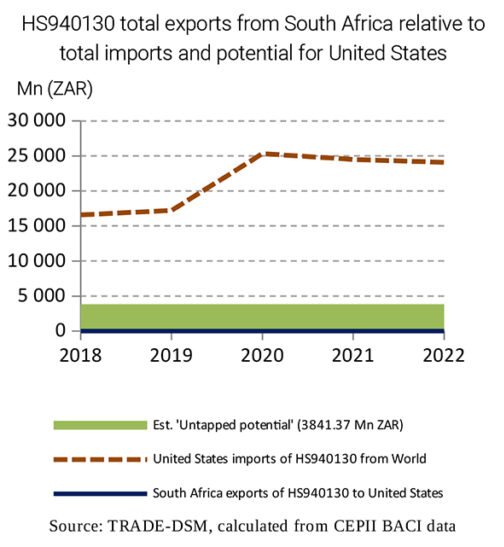
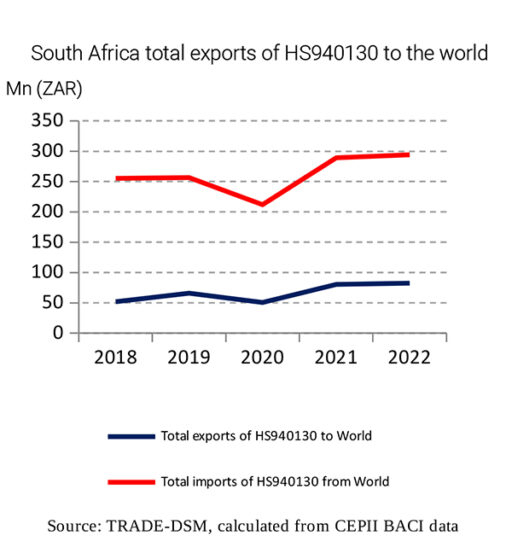
The first chart displays South Africa’s export value of the product (if South Africa historically did export this product to United States) contrasted relative to the overall trend of this product’s import value (dashed brown line) into United States over the last 5 years. The estimated ‘untapped’ potential for United States (the solid green bar displayed in first chart) is also shown relative to the target market’s total imports (dashed brown line) as well as existing exports from South Africa (solid blue line). In this instance the estimated ‘untapped’ potential associated with this opportunity is estimated to be 3,841.37 Mn ZAR.
The relative share of South Africa’s exports of the specific product, relative to total imports of the same product into United States from all other trading partners, is demonstrated in the bar chart (solid bars). South Africa supplies around 0.0% of United States’s total imports of this product (on a time-weighted basis).
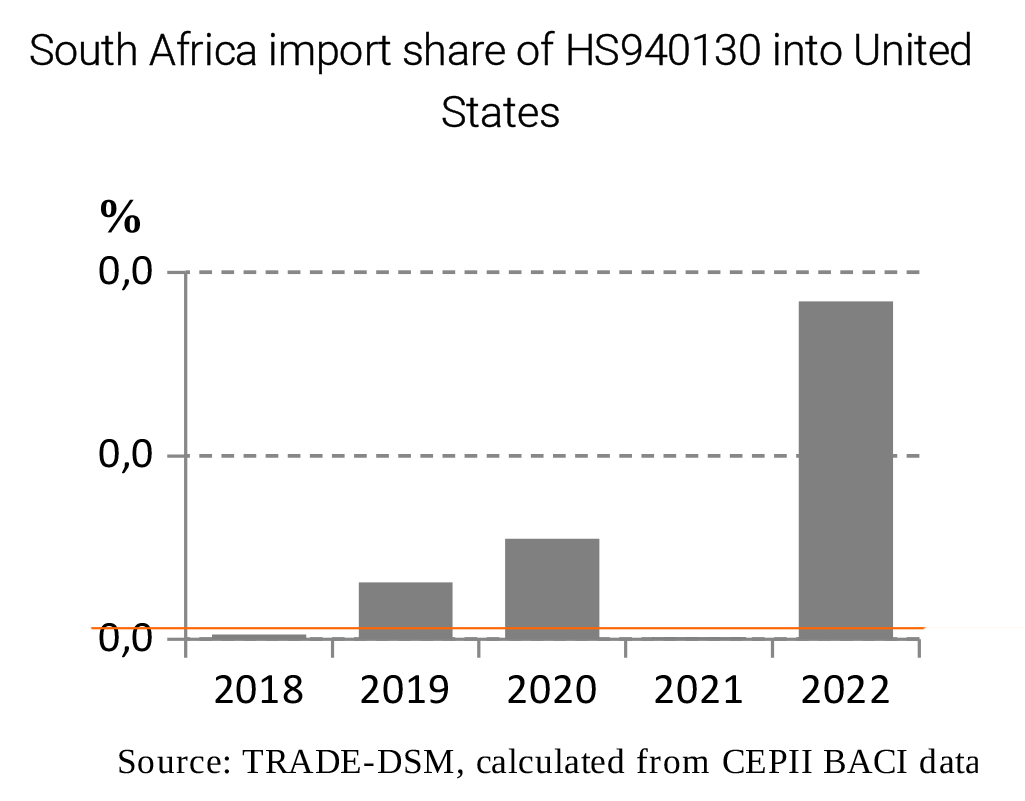
South Africa – United States trade for this product
Competitors
While the above analysis indicated that United States generally trades with a variety of supplying countries for this product, the following information provides more detail on the potential competing countries that currently are major suppliers of the product into this market. South Africa is always placed in the last position of the chart (before ‘Rest’), irrespective of its actual position as supplier of this product into the target market, while the main competitors are shown for context. In the event that South Africa does not appear on the chart at all it means that South Africa has not supplied any of United States`s imports during the period of analysis. Overall, South Africa is ranked at position 36 out of 98 of all supplying countries of imports for this product into United States.
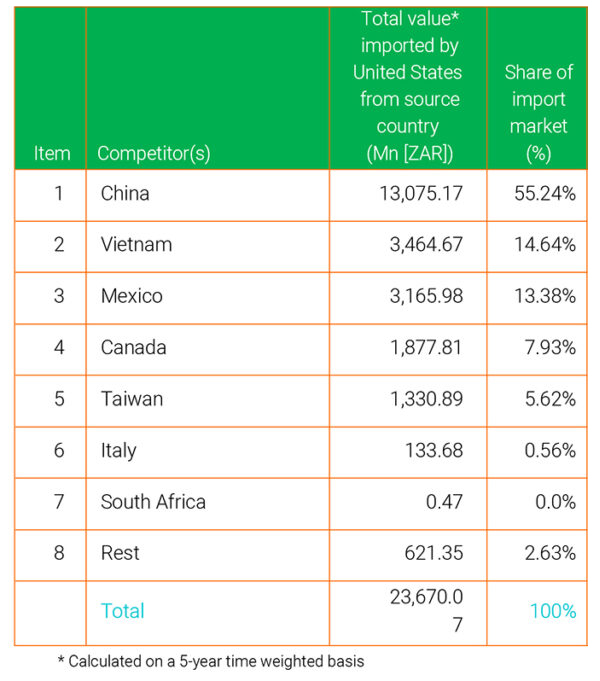
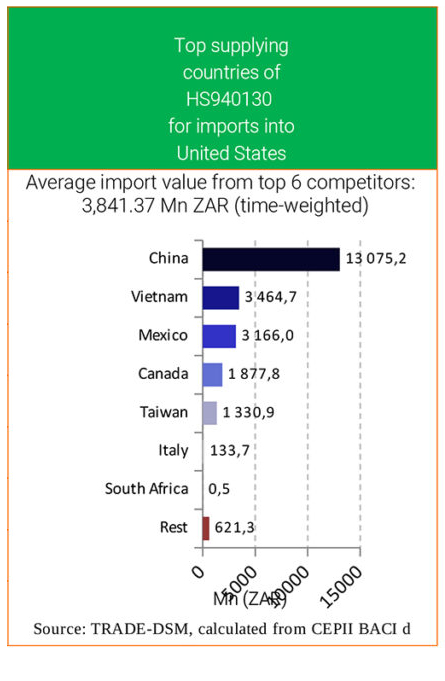
Next Steps
- The information presented in this report is to be supplemented with further research so as to understand the trends that have been highlighted in this report.
- It is also advised that the company clarifies that the HS code utilised in the data analysis is correct and representative of the intended purpose of the company’s products or service.
- It is suggested that after a review of this report, a further consultation should be arranged to gain insight into the company’s market access strategy and approach to entering new markets.
- This should then assist in crafting an action plan for market access activities, supplemented with the appropriate resources.
- For more export support resources from Department of Trade, Industry and Competition (DTIC) please contact us.
BUSINESS DIRECTORY
Local Manufacturers
Catalogues
Local Products
DEALER LOCATOR
Sales Professionals
